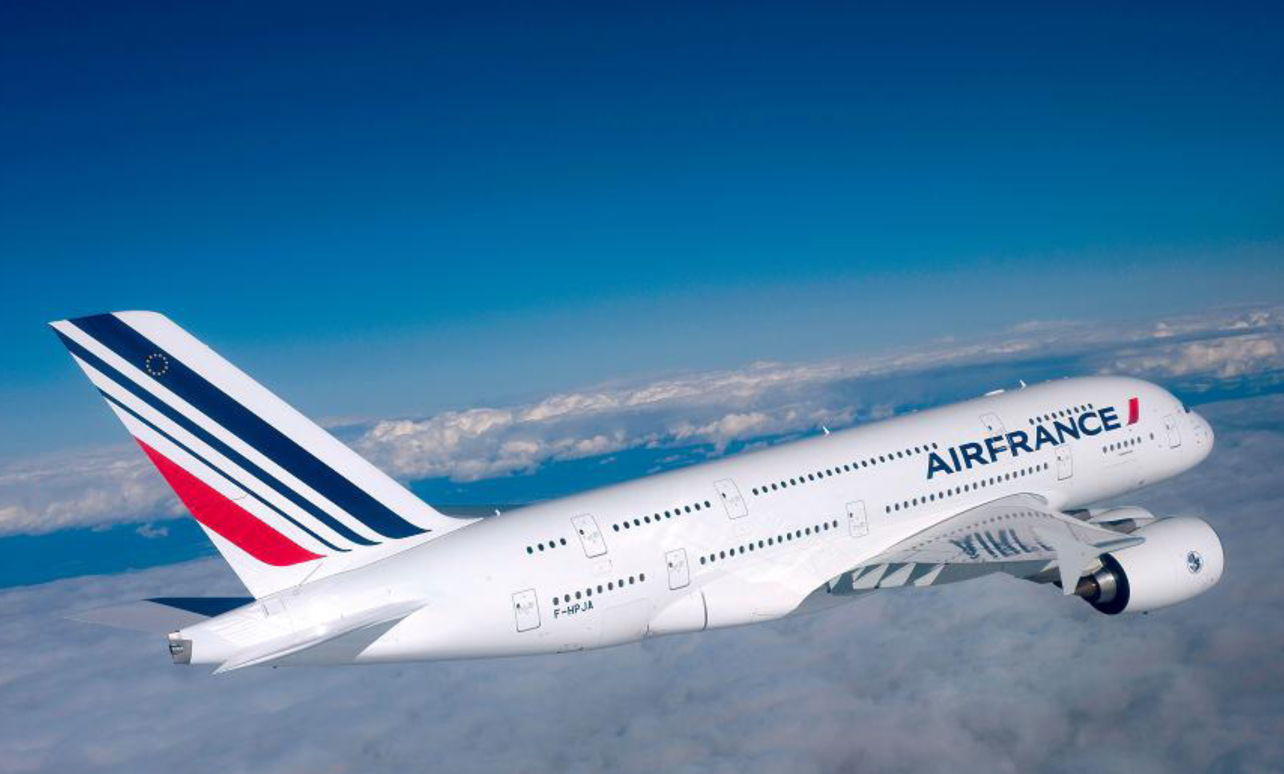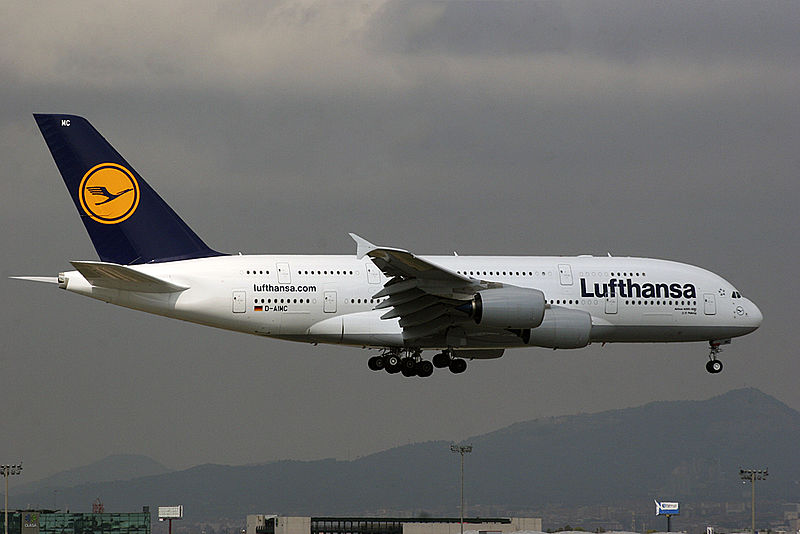In a major win for Southwest Airlines (WN) and a setback for United Airlines (UA), Houston City Council today overwhelmingly approved to start international flights from Hobby Airport (HOU). Beginning 2015, Southwest plans to start flights to Mexico, the Caribbean and South American destinations, pending regulatory approvals.
Southwest welcomed the decision saying that it would bring in additional jobs and millions of dollars in economic impact to the city. United Continental Holdings, the parent of United Airlines said that it is disappointed in the decision.
United contends that allowing international flights from a secondary airport like Hobby would drain passengers from the city’s main international gateway, George Bush Intercontinental Airport (IAH), which is also the biggest hub for the combined entity of United Airlines and Continental Airlines. United already indicated that if international flights are allowed out of Hobby, it has to retrench 10 percent of the workforce in Houston, drop the proposed Houston – Auckland flight and put the $700 million improvement at IAH on hold.
As always, both airlines brought out studies to bolster their arguments. The Houston Airport System, part of City of Houston, manages both airports and already approved the decision.
There are supporting facts to both United and Southwest. United has invested heavily in IAH over the years, building a respectable route system to Caribbean, Mexico and South America. Southwest would bring down the pricing power in the market, there by reducing United’s operating margins. United maintains its Latin American hub in IAH and does not want to jeopardize its growth (even though much smaller scale than the massive American Airlines (AA) hub in Miami (MIA)).
Southwest argument of additional revenue and passengers to the city also makes sense.
Eventually, United has to bring down its operating costs in line with that of Southwest to make money on those routes. Otherwise, United would end up losing the battle to Southwest as most travelers on these route are price conscious.


